Journal list menu
Export Citations
Download PDFs
Table of Contents
Optimising patient care in medical radiation services through health economics: an introduction
- First Published: 04 February 2020
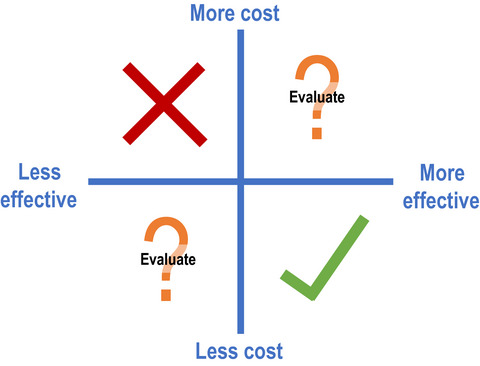
The role of health economics in optimising patient care in medical radiation clinical settings is of increasing importance in ensuring efficient and effective service delivery. This commentary introduces health economics to medical radiation professionals by outlining the main analysis types utilised, highlighted by examples in the literature. The purpose is to provide an over-arching framework for incorporating health economics into research study protocols.
Reduced patient anxiety as a result of radiation therapist-led psychosocial support: a systematic review
- First Published: 03 February 2017
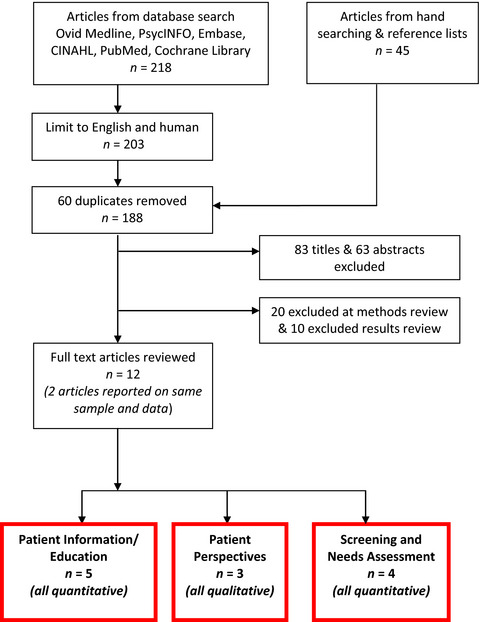
This systematic review aims to synthesise literature regarding the effect of RT-led psychosocial support on patient anxiety. We searched Medline, PsycINFO, Embase, CINAHL, PubMed and Cochrane library and identified 263 articles. In conclusion, RTs have a role in psychosocial support through increased communication and information sharing which can reduce patient anxiety.
Ceiling art in a radiation therapy department: its effect on patient treatment experience
- First Published: 20 May 2015
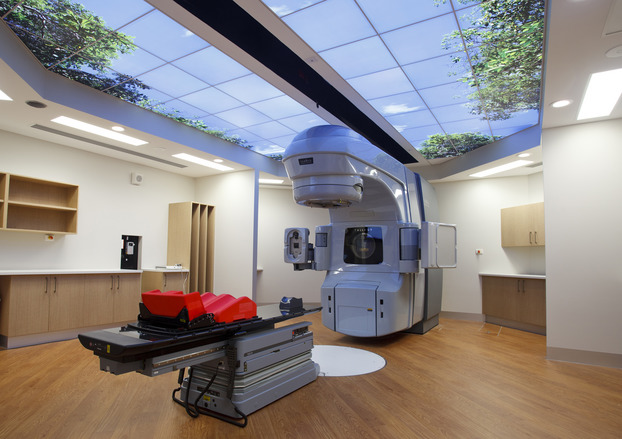
A new initiative has been implemented at the Sunshine Hospital Radiation Therapy Centre to provide a calming and comforting environment for patients attending radiation therapy treatment. As part of this initiative, the department's CT room and radiation therapy bunkers were designed to incorporate ceiling art that replicates a number of different visual scenes.
Communication skills training for radiation therapists: preparing patients for radiation therapy
- First Published: 21 April 2016

In this article, we describe the communication skills workshops developed for radiation therapists and evaluate participants’ feedback. Sixty radiation therapists participated in two communication skills workshops: (1) Consultation skills in radiation therapy and (2) Eliciting and responding to patients’ emotional cues. Positive feedback was received for both workshops.
Reducing radiotherapy waiting times for palliative patients: The role of the Advanced Practice Radiation Therapist
- First Published: 29 August 2017

Development of a new referral pathway where patients are referred directly to an Advanced Practice Palliative Radiation Therapist. Reduced time for palliative patients to receive radiotherapy from referral to treatment. Improved access to palliative radiotherapy for referrers. Outcomes comparable to national and international Rapid Response Palliative Clinics.
Increasing radiology capacity within the lung cancer pathway: centralised work-based support for trainee chest X-ray reporting radiographers
- First Published: 27 May 2018
Planning for a pandemic: Mitigating risk to radiation therapy service delivery in the COVID-19 era
- First Published: 22 June 2020
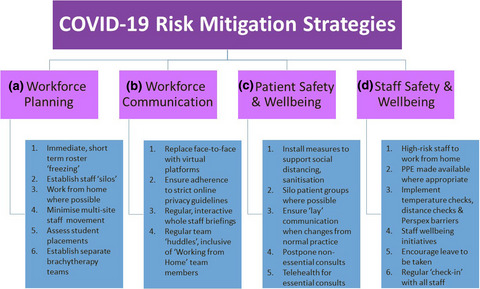
This commentary describes the operational changes made by the Peter MacCallum Cancer Centre's Radiation Therapy Services during the initial stages of the COVID-19 pandemic. Changes to clinical operations, to ensure optimal patient and staff safety and wellbeing, whilst maintaining a high- quality clinical service, are detailed.
A guide to foetal dose minimisation in computed tomography pulmonary angiography of the pregnant patient
- First Published: 02 October 2013
Radiation dose in coronary angiography and intervention: initial results from the establishment of a multi-centre diagnostic reference level in Queensland public hospitals
- First Published: 04 August 2014
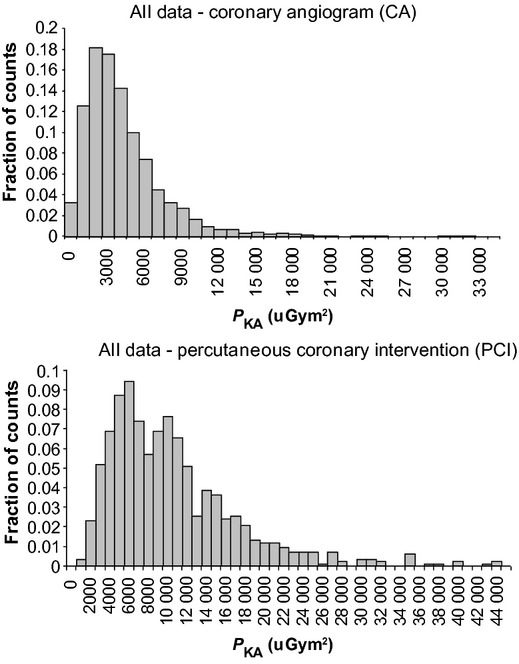
Guidelines suggest that a local radiation benchmark or Diagnostic reference level (DRL) be created for interventional cardiology procedures. Radiation dose data were collected from all public hospitals in Queensland for diagnostic coronary angiograms and single-vessel intervention. 2590 patients were included in the CA group where the median dose area product (PKA) = 3908 uGym2, DRL = 5865 uGym2. 947 patients were included in the intervention group where median = 8736 uGym2, DRL = 12,900 uGym2. This created a benchmark for radiation dose for coronary procedures in Queensland, Australia.
Improving education and supervision of Queensland X-ray Operators through video conference technology: A teleradiography pilot project
- First Published: 13 April 2017
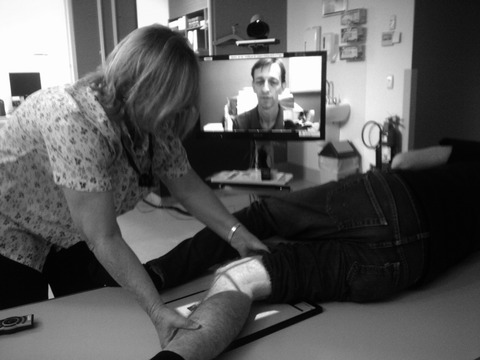
The project aimed to improve image quality through more suitable education and support of X-ray operators by the introduction of video conference (VC) supervision. A 6-month pilot project was used to compare image quality with and without VC supervision of the examination as it was being performed. The project demonstrated significant improvement in image quality is achievable with VC supervision.




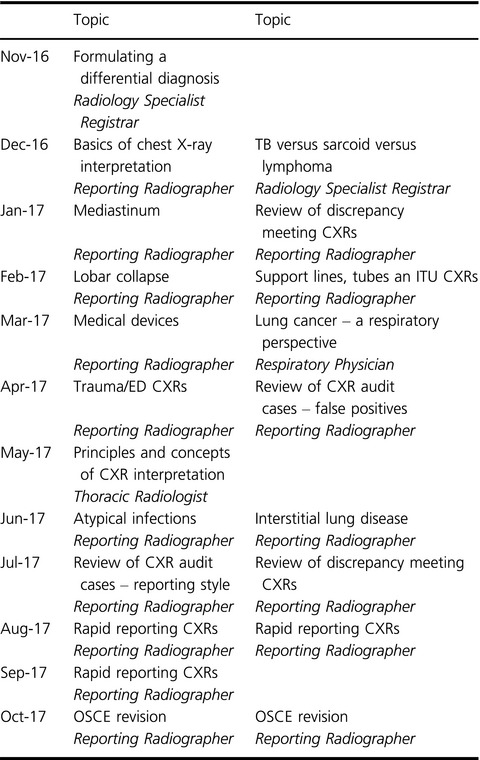
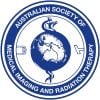
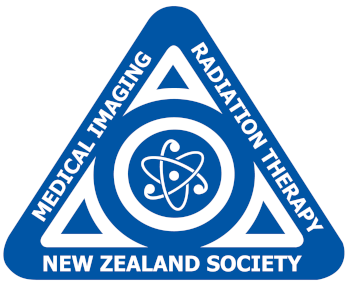

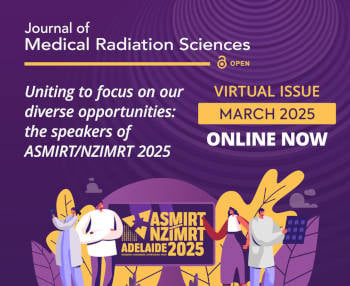
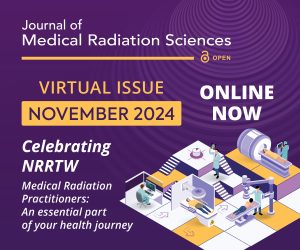
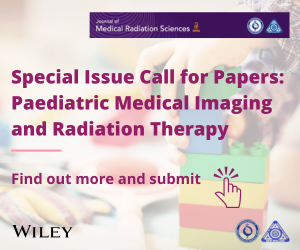
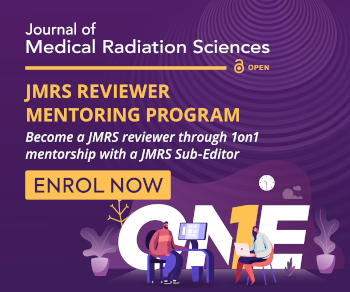
-1693813706.png)